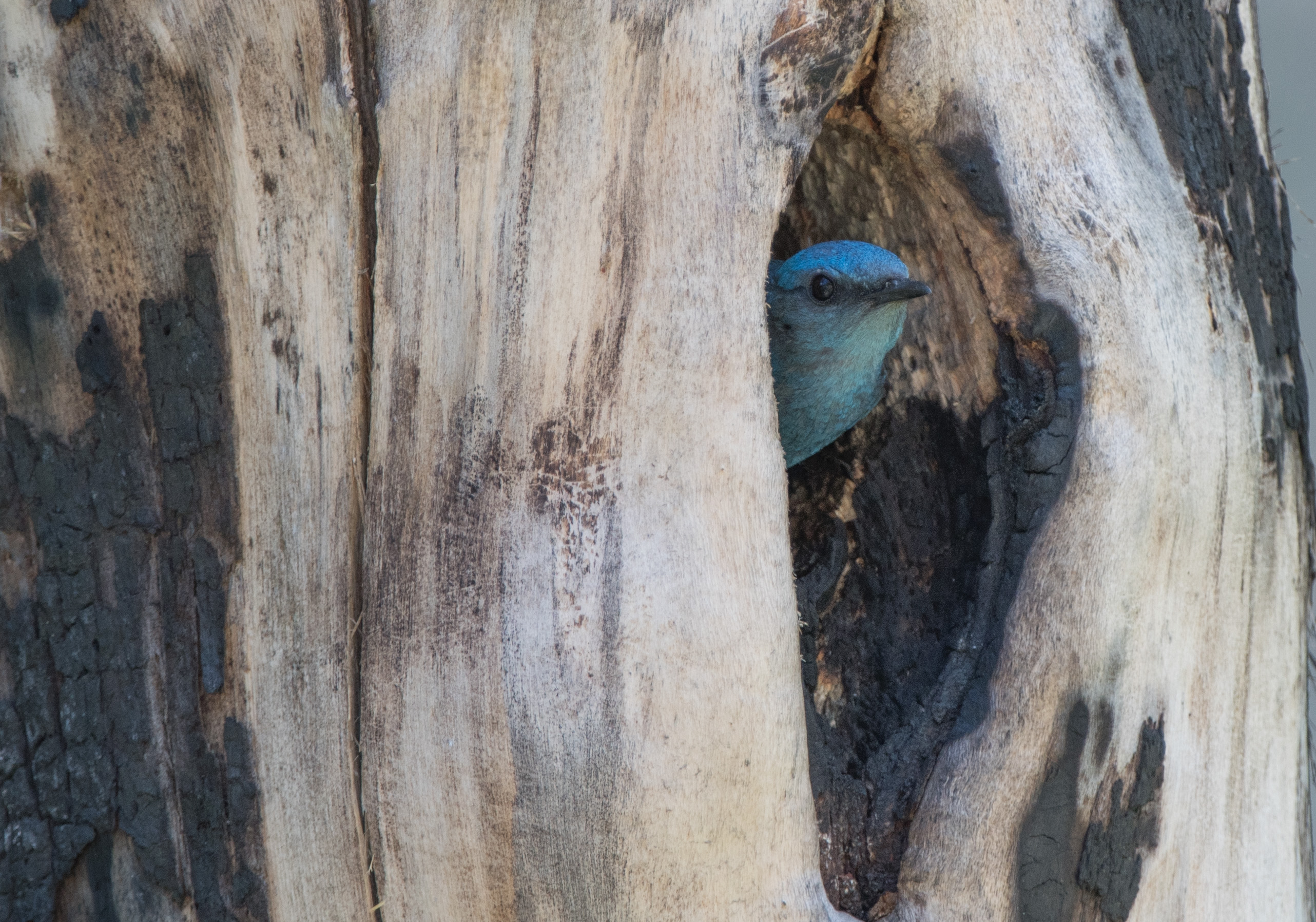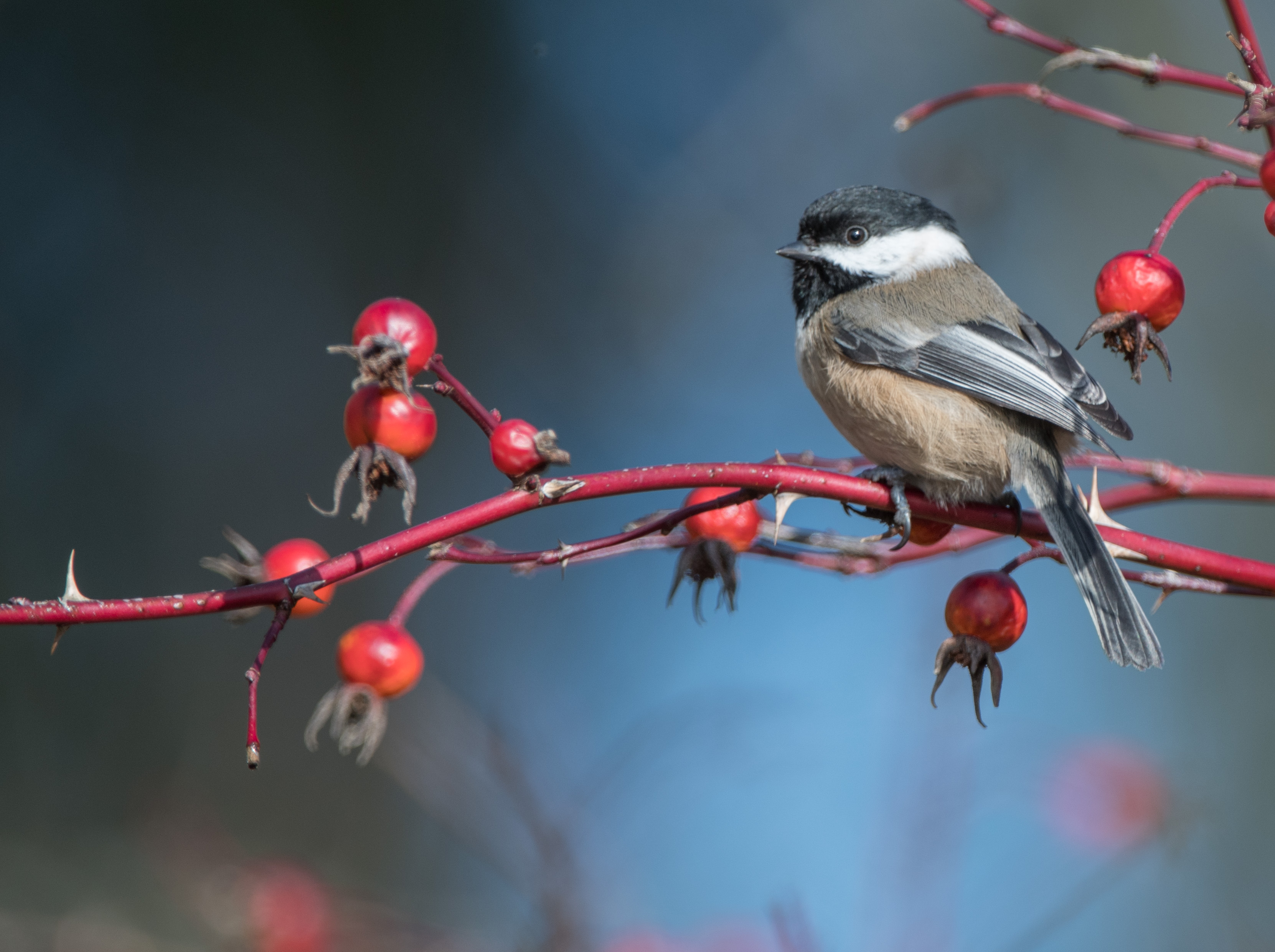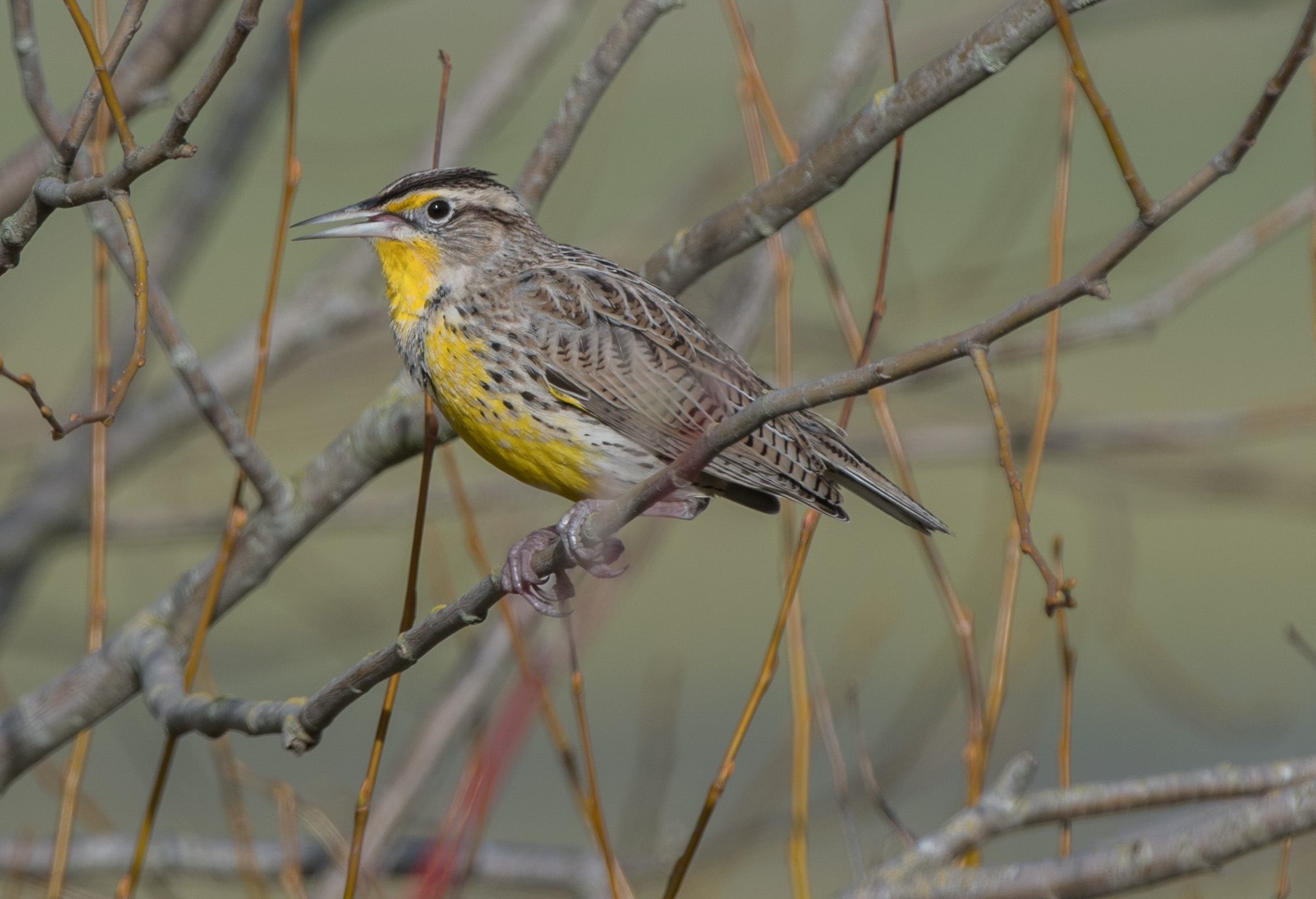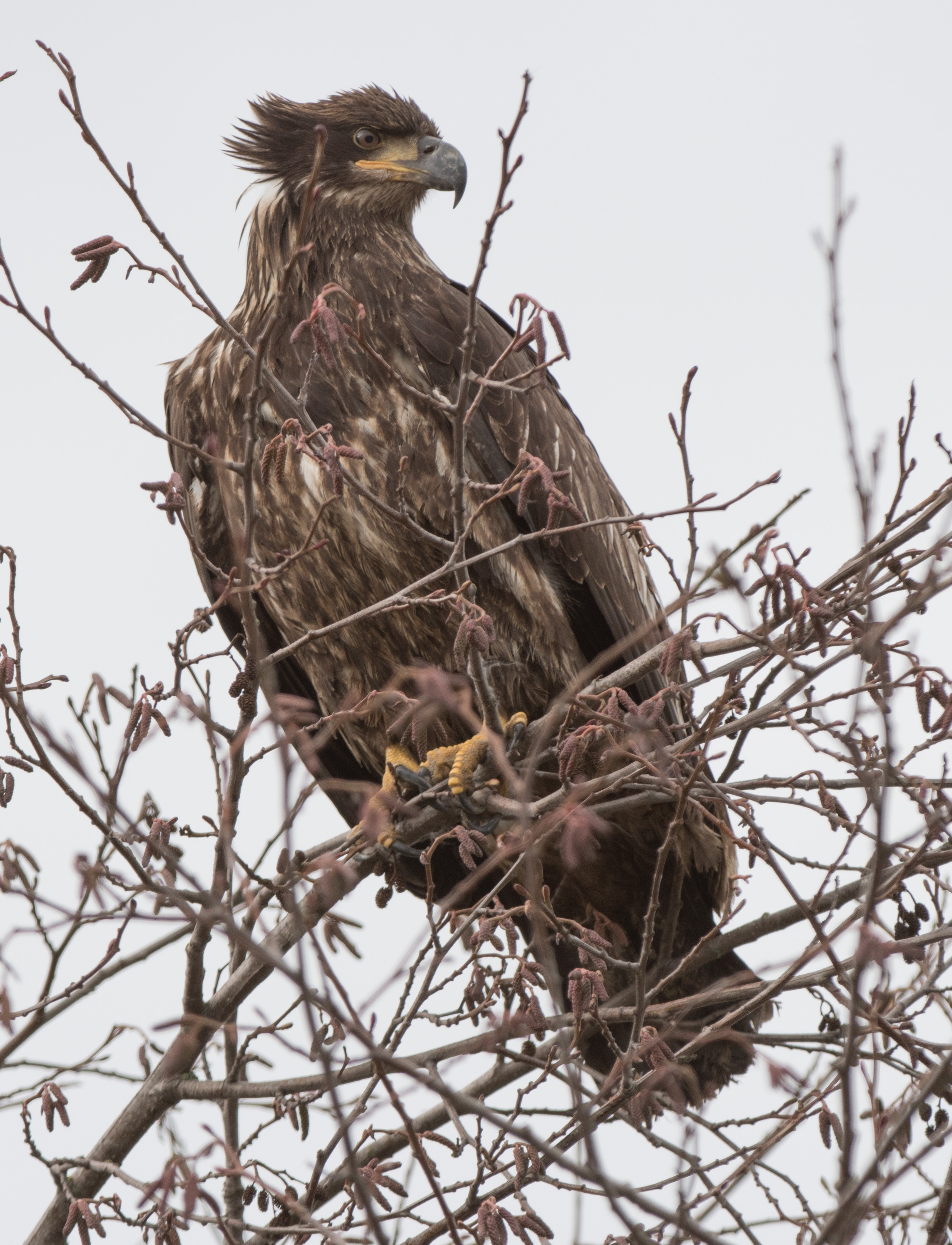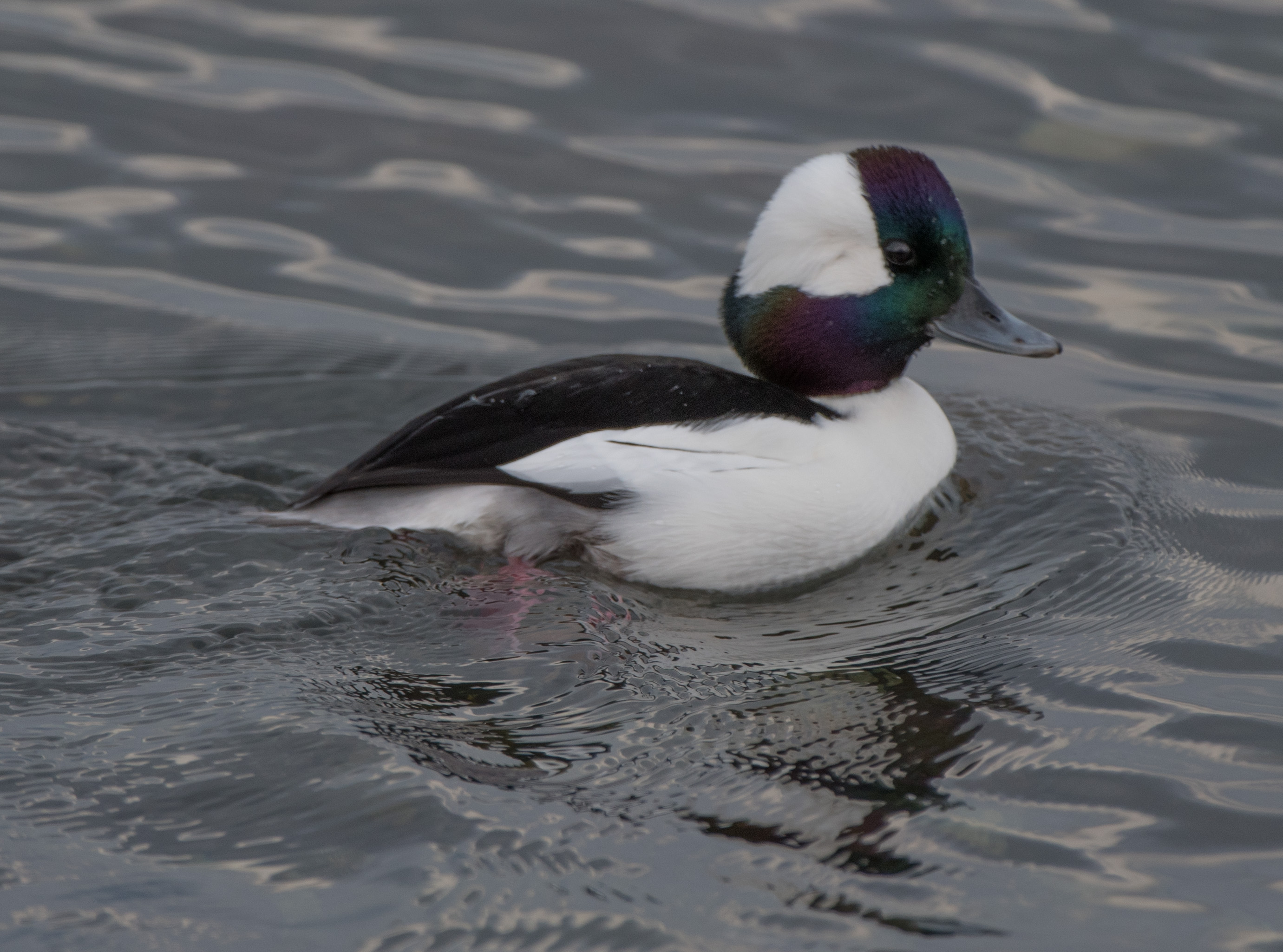As of late I have more news than photos, but the individual who considers himself my editor is griping about the lack of posts. So here’s a post with the news…
I shipped my precious primary lens to Nikon’s repair facility in Los Angeles almost two weeks ago, dreading the repair charge I was assessed two years ago. (I won’t say what the previous lens repairs cost, but a lot of people have cameras that don’t cost as much!) Nikon was very prompt in telling me that the repairs would be covered under warranty (which had long ago expired), a fact I appreciated and decided not to argue! Nikon still has the lens and its status is currently listed as a “parts hold”.
So I haven’t taken any photos since at least early February. There are no new photos to post, but to appease those of you who access this site for photos I’ll post one of a male Mountain bluebird I took outside Winthrop last summer. (There is a more dramatic canvass print of this bird displayed in Mary Ann’s Kitchen in Anacortes.)
I was just thinking that we would make it through this season without a significant snow when at least those of us living on the east side of Anacortes managed two. Our second, on, February 24, was very wet and didn’t last long due to higher temps, but nevertheless was significant. Both of my observations I’m relating here occurred on that day.
The first observation occurred in my yard during the heaviest part of the snow. A Ruby-crowned kinglet, a species in unusually short supply at my house this season, and a Bewick’s wren took turns accessing my hanging, inverted suet feeder. These are both birds that aren’t usually found at suet feeders, but I have had other occurrences of each at the suet feeder this season.
The temperature never dipped below freezing for this second snow but the sheer volume of snow covered the ground for an hour or so. After most of the snow melted I headed out to make up for some of the walks I missed earlier in the week due to weather. For about the past year or so I’ve been able to hand-feed Chestnut-backed chickadees and an occasional Red-breasted nuthatch along my route. (I take great pride in feeding no-waste seed and am NOT responsible for the peanuts, corn, milo and millet that other well-meaning nature lovers leave.) I’ve noticed several species of sparrows that seem interested in obtaining food from my hand, but until yesterday none could work up the courage to doing so.
Yesterday (2/24/2018) I noticed a Song sparrow approaching unusually close, and it finally took the plunge and hopped onto my hand! Unlike the other birds which always take a single seed and fly away with it, the sparrow stayed for several “beak-fulls” before retreating back into the bushes. Although I stayed quite a while longer, it never returned for more seed.
I figured this might be a unique occurrence, but when I returned for another walk the next day the Song sparrow made another trip to my hand. After it finished I noticed another that seemed interested and extended my hand to within about three inches of the bird before it thought better of the risk and retreated into the bushes.

